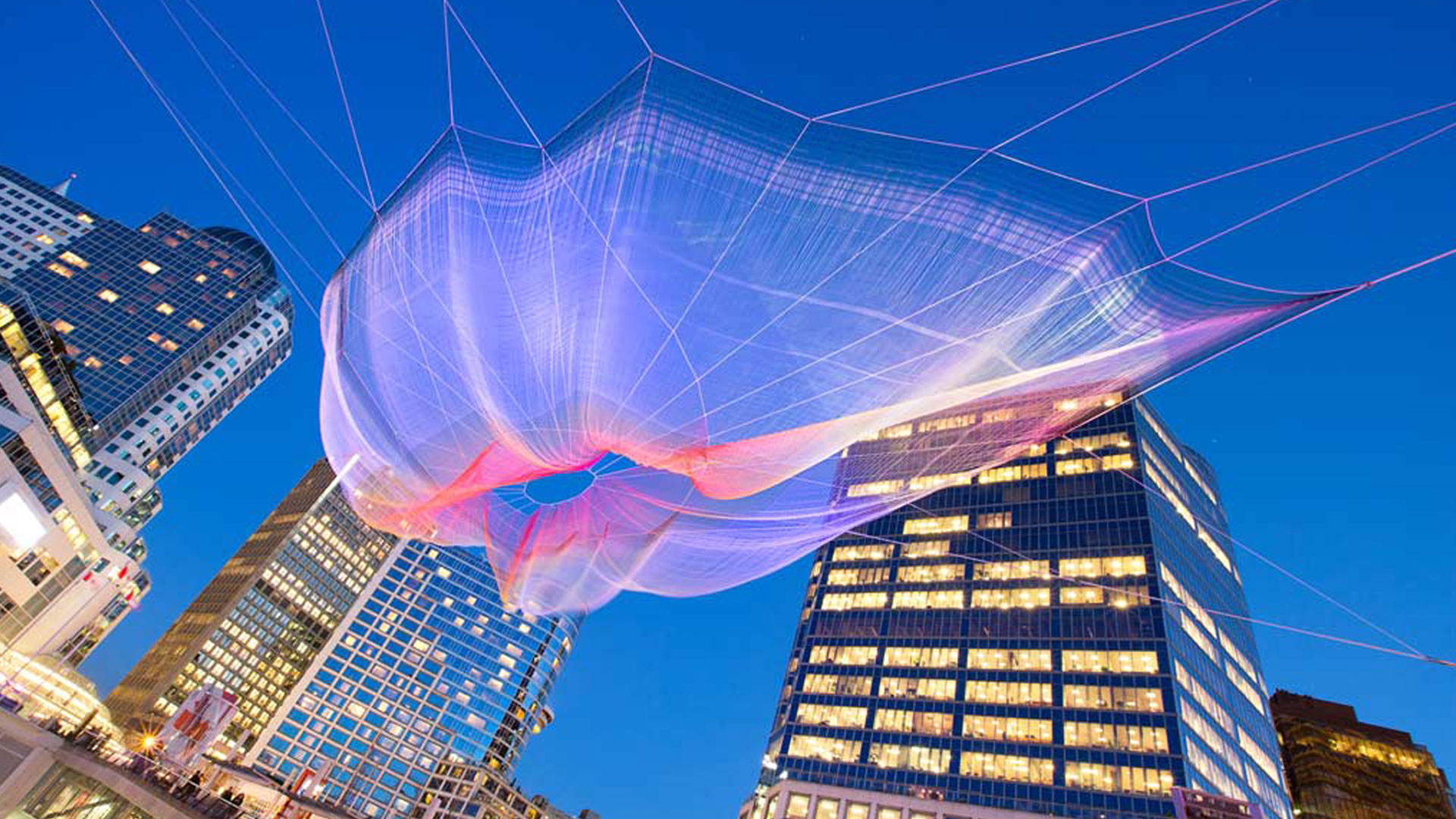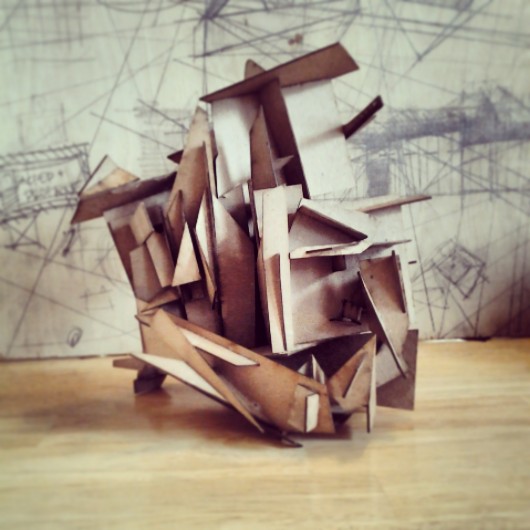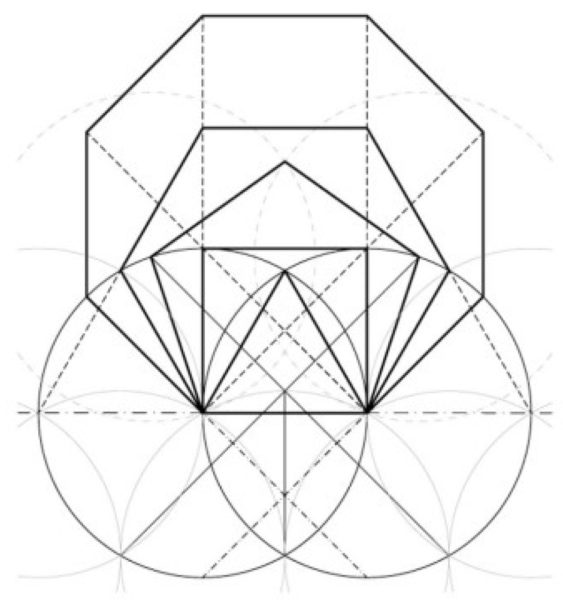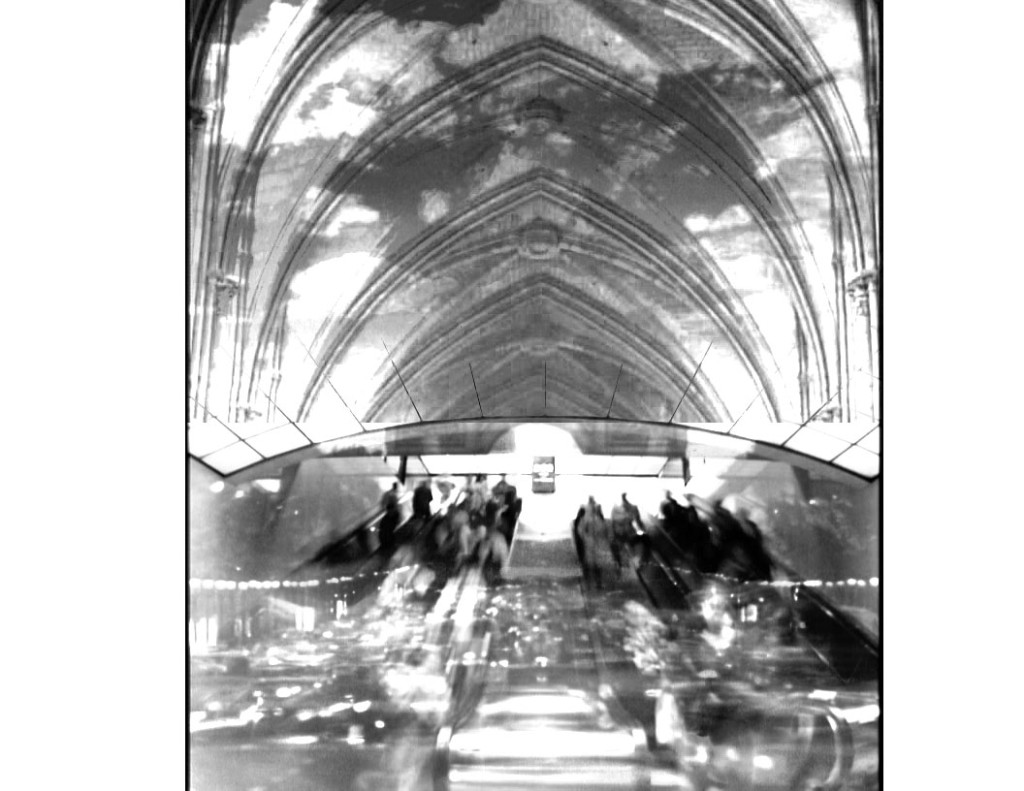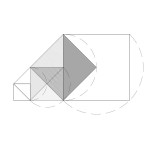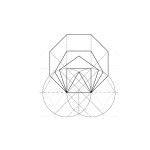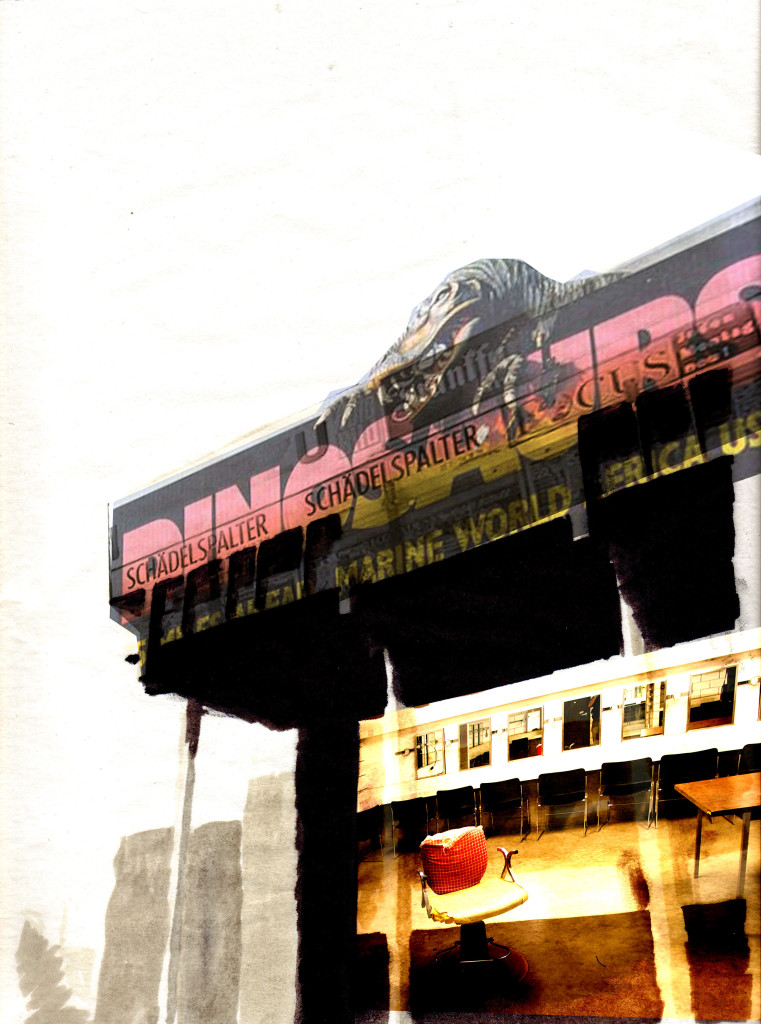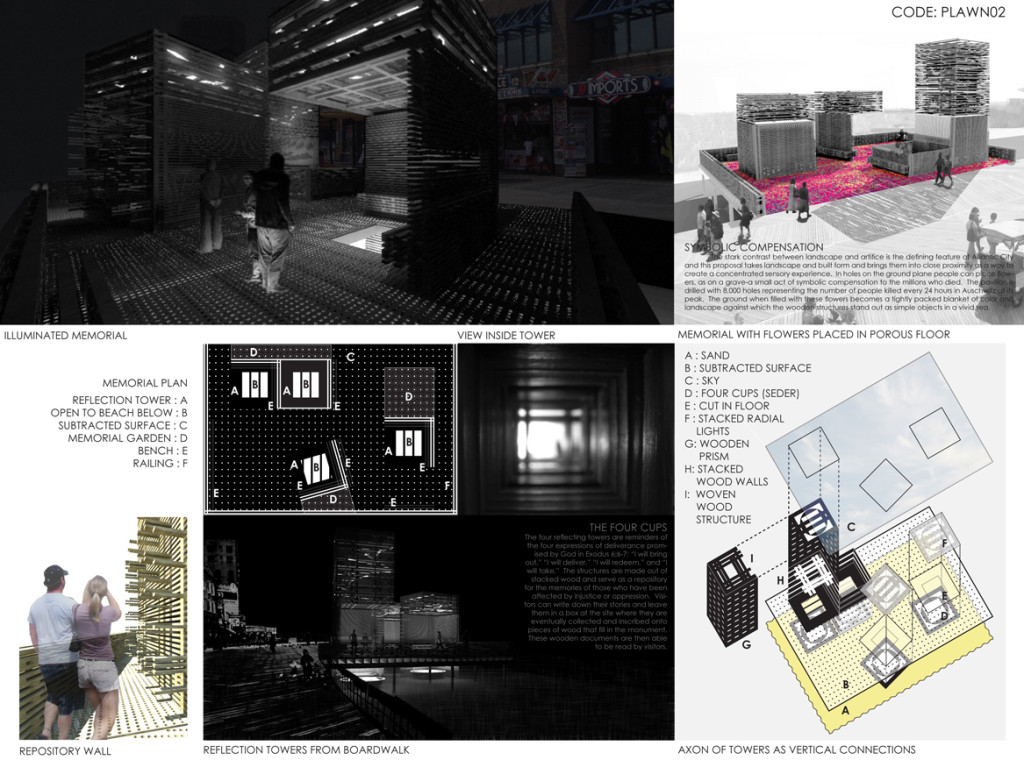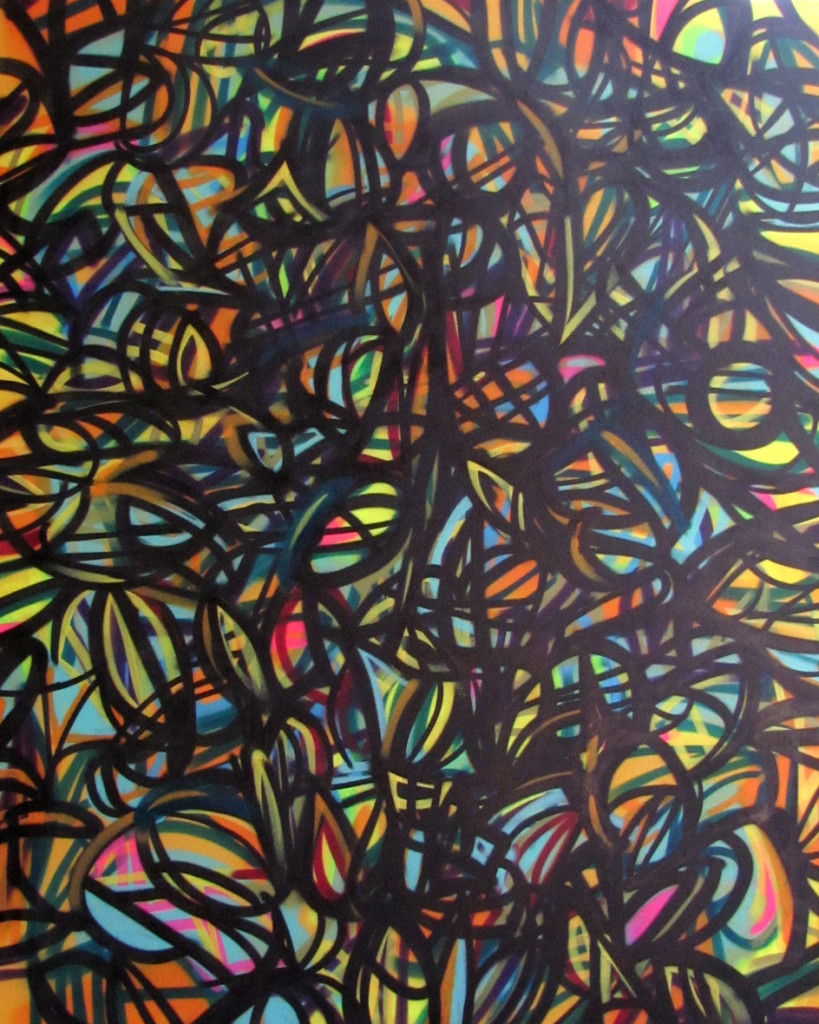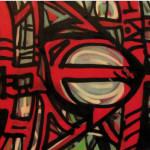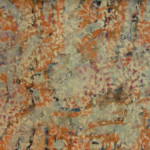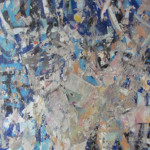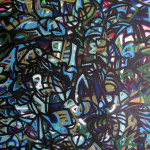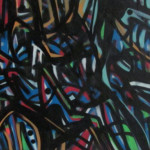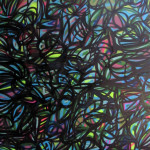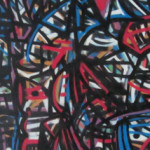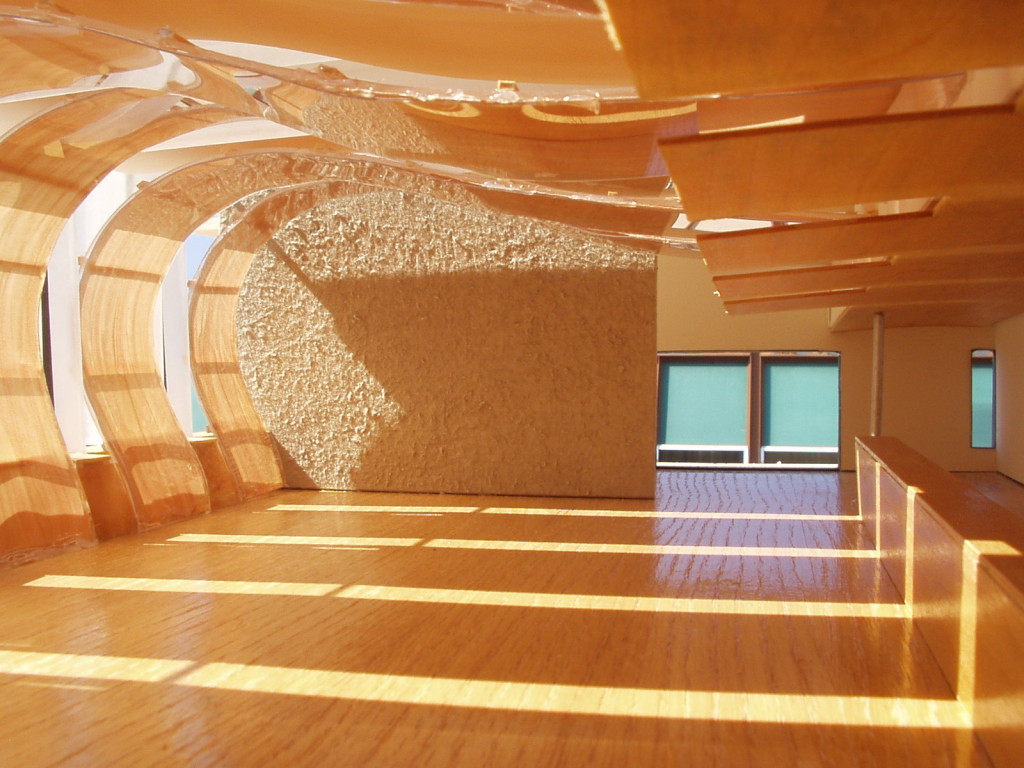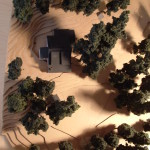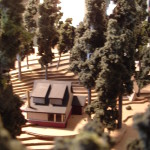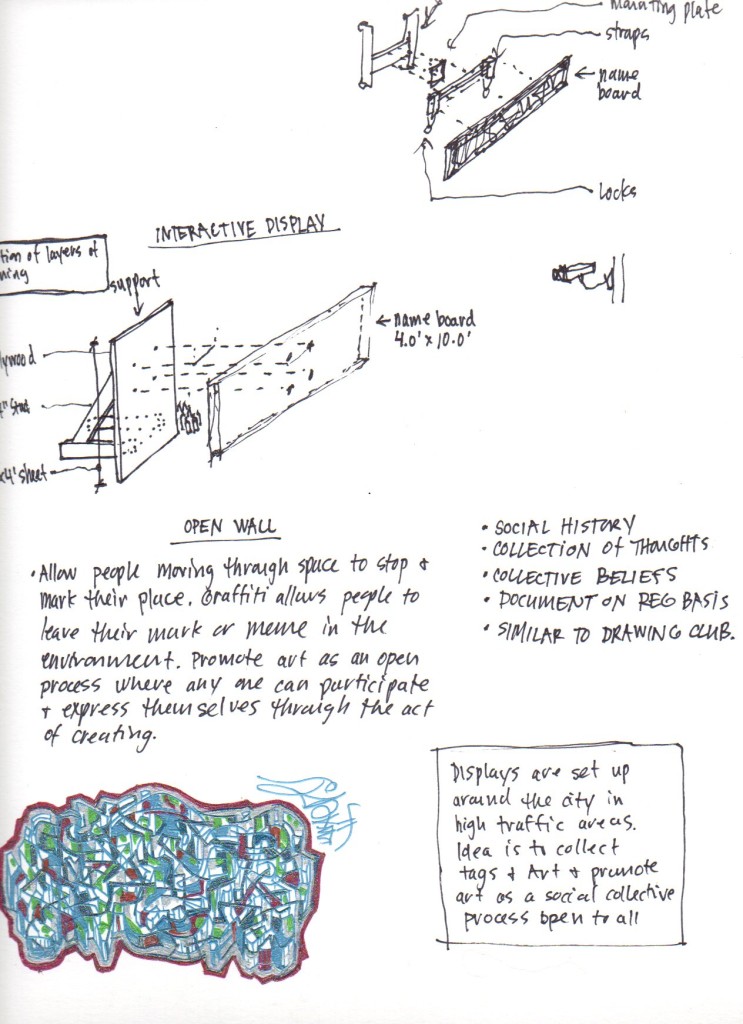
This is a post for the Walker Art Center. The original can be found here.

Obscura Digital project illUmiNations: Protecting Our Planet, presented by the United Nations Department of Public Information in partnership with the Oceanic Preservation Society and Insurgent Media, New York, 2014
This is a post for the Walker Art Center. The original can be found here.
INST-INT—an international conference of acclaimed creators exploring the intersection of art, technology, and interaction—returned to the Walker for its second year over the weekend. Organized by the same folks responsible for the Eyeo Festival, the September 25 through 27 gathering focused on installation art, interaction, responsive environments, smart objects, public art, and the challenge of creating engaging experiences. A series of amazingly inspirational presentations covered a wide range of topics, from machines conveying sociopolitical messages to public sculptures made with advanced material studies to the use of technology as an extension of the body. The most interesting were those projects that not only made use of technology in creative ways, but also used it to catalyze conversations about social or political issues and examine ideas beyond the technology itself.
Social and Political Interaction
For example, Japanese artist Sputkino presented her Menstruation Machine, a wearable device fitted with a blood dispensing mechanism and electrodes simulating the lower abdomen that simulates the pain and bleeding of a five-day menstruation process. Sputkino also presented The Moonwalk Machine, a work that reimagines NASA’s Mars Rover to leave female traces on the surface of Mars through the use of new wheel tracks outfitted with high heels. I could not help to draw parallels between these works and a project by Megumi Igarashi (aka Rokudenashi-ko) in which she distributed electronic data that could be used to replicate models of her genitalia using a 3D printer, a project that landed her in jail on charges of obscenity. These projects are inspiring as a form of social activism in the face of the shifting role of women in Japan.
Dan Goods, a visual strategist for NASA’s Jet Propulsion Laboratory, gave the most inspired talk of the weekend, focused on the “million things that could mess up your visionary project.” Dan talked about how bad wires, Congress, holes in the ionosphere, the Vatican, and other unforeseen circumstances can threaten to derail your project, and he discussed ways to plan for disaster. About his work, he said, “I am passionate about creating moments in peoples lives where they can interact with something beautiful, meaningful, and/or possibly profound,” and expanded on this by saying he wants to, “create experiences where people have a moment of awe about the universe.” This passion really became evident during his presentation on the HI JUNO project, where more than 1,400 ham radio operators collaborated to transmit “HI JUNO” in Morse code, in unison, as the spacecraft made its slingshot pass around earth. The work made it clear that some of the best projects are those that give many people a chance to consider the unknown and to imagine the space beyond our physical world. Goods closed his talk by demonstrating a Muon detector and described how these invisible particles are bits of exploded stars that are moving through all matter on earth, equating our bodies with space matter and recalling the the temporality of life.
Considering the recent People’s Climate March, I was also extremely inspired by the Obscura Digital project illUmiNations: Protecting Our Planet, organized in partnership with the Oceanic Preservation Society (OPS) as a lead-up to Secretary-General Ban Ki-moon’s Climate Summit. For this project, many organizations collaborated to create a 30-story architectural projection, which lit up the United Nations Headquarters in New York with images of extinct species and a call to make climate action a reality in every society across the globe. As a prelude to the People’s Climate March, which filled the streets of New York with more than 300,000 people who marched to protest international inaction on climate change, the intent of this project was to inspire citizens to take climate action. This theme of social or political action was evident in many of the projects in various forms. This opened up some larger conversations about the role of art in society, need for many different forms of interaction, and the power of participation in public space.
Architecture, Materiality, and Virtualization
The relationship between built form, public space, and our connection an imagined world were important aspects of many of the projects presented by showing how they pushed material limits, reclaimed public space, or questioned our relationship to digital technology. Jen Lewin’s presentation titled Please Touch the Art detailed her large interactive art installations created to activate and connect community. One question she is interested in is, “How can interactive sculpture be used to transform and change public experience?” Looking at projects like The Pool and her Light and Sound Harps, it becomes clear how she has found a way to bring together her interests in painting, light, architecture, and dance. Using specialized rotational molding of plastic and other fabrication techniques her studio creates interactive public art that has withstood the abuse of more than 4,000 people in one day—an effort that requires significant material research.
This need to explore and examine the materality of physical form was no more evident than in the work of Janet Echelman, who discussed her largest most interactive sculpture, Skies Painted with Unnumbered Sparks. In collaboration with artist Aaron Koblin, creative director of the Data Arts Team in Google’s Creative Lab, Studio Echelman developed a massive suspended sculpture of net and mesh for the TED conference’s 30th anniversary in Vancouver. Pushing material boundaries, this project was made possible through the development of custom 3D modeling software that allowed Echelman to simulate environmental conditions and complex geometries. Using Honeywell Spectra fiber, a lightweight, durable material 15 times stronger than steel, this work spans 745 feet between Fairmont Waterfront and the Vancouver Convention Center, and is equipped with an interactive lighting environment that allows visitors to use their phones to interact with the work.
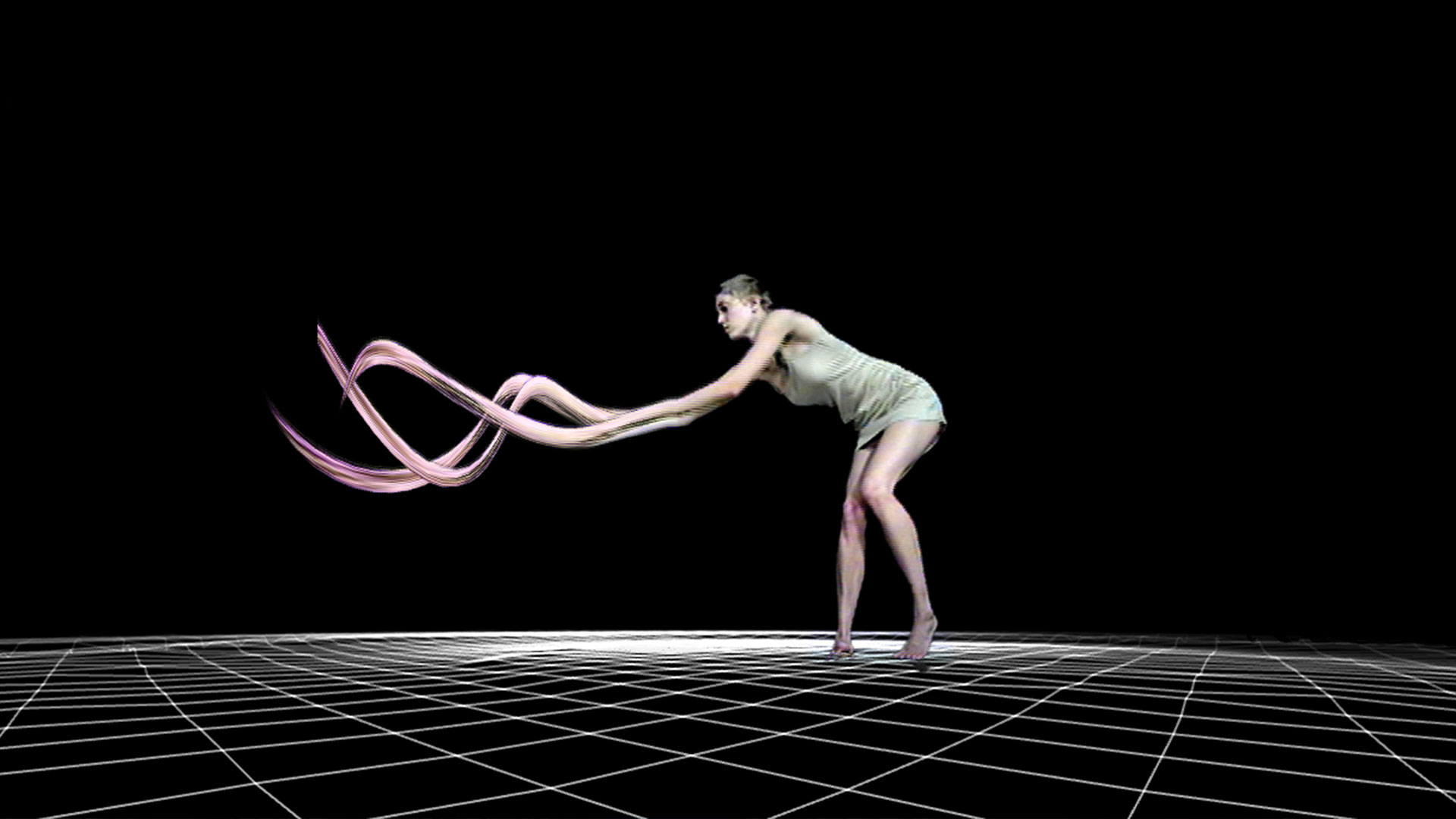
Klaus Obermaier and Ars Electronica Futurelab, Le Sacre du Printemps (The Rite of Spring) by Igor Stravinsky, 2006
Taking a different approach to interaction, Klaus Obermaier discussed his staging of Igor Stravinsky’s Le Sacre du Printemps (The Rite of Spring) in his talk titled Interactive Installations vs. Interactive Performing Arts. Recontextualized for contemporary society, this 1913 ballet and orchestral concert work is transformed by Obermaier into a live 3D projection performance, in which the dancer and the orchestra contribute to the form of the work through real time interaction, generating the viewer experience. Amazingly, this work premiered in 2006, when things like Kinect motion tracking did not even exist. Of course, this work is not just about technology, and that’s what makes it so interesting. “The issue of the day is the authenticity of experience in the light of the ongoing virtualization of our habitats,” Obermaier said. “It is the dissolution of our sensuous perception, of the space-time continuum, the fading dividing line between real and virtual, fact and fake, that takes us to the limits of our existence.” Indeed, we find this struggle in our own lives, all to often consumed with social media and digital culture. By reinterpreting a controversial historic work through the lens of technology, Obermaier asks powerful questions about the effects of technology on humanity and significance of being in relationship to the digital world.
Clearly, many themes emerged during the conference, but the real value was in connecting with such inspiring people. As a rich open-source community, almost every person at this gathering was willing to not just share their greatest ideas, but also give you the building blocks of their projects to use and modify as your own. It was an amazing opportunity that offered a chance to see the most cutting-edge interactive, experience-driven, technological work from artists who traveled the globe to have conversations about the direction of new media, find new ways of collaborating, and to develop methods for making work. Thanks to all the people at INST-INT for another fabulous gathering of minds. I was honored to participate. Be sure keep a lookout for the talks to be posted online, and don’t miss it next year.
